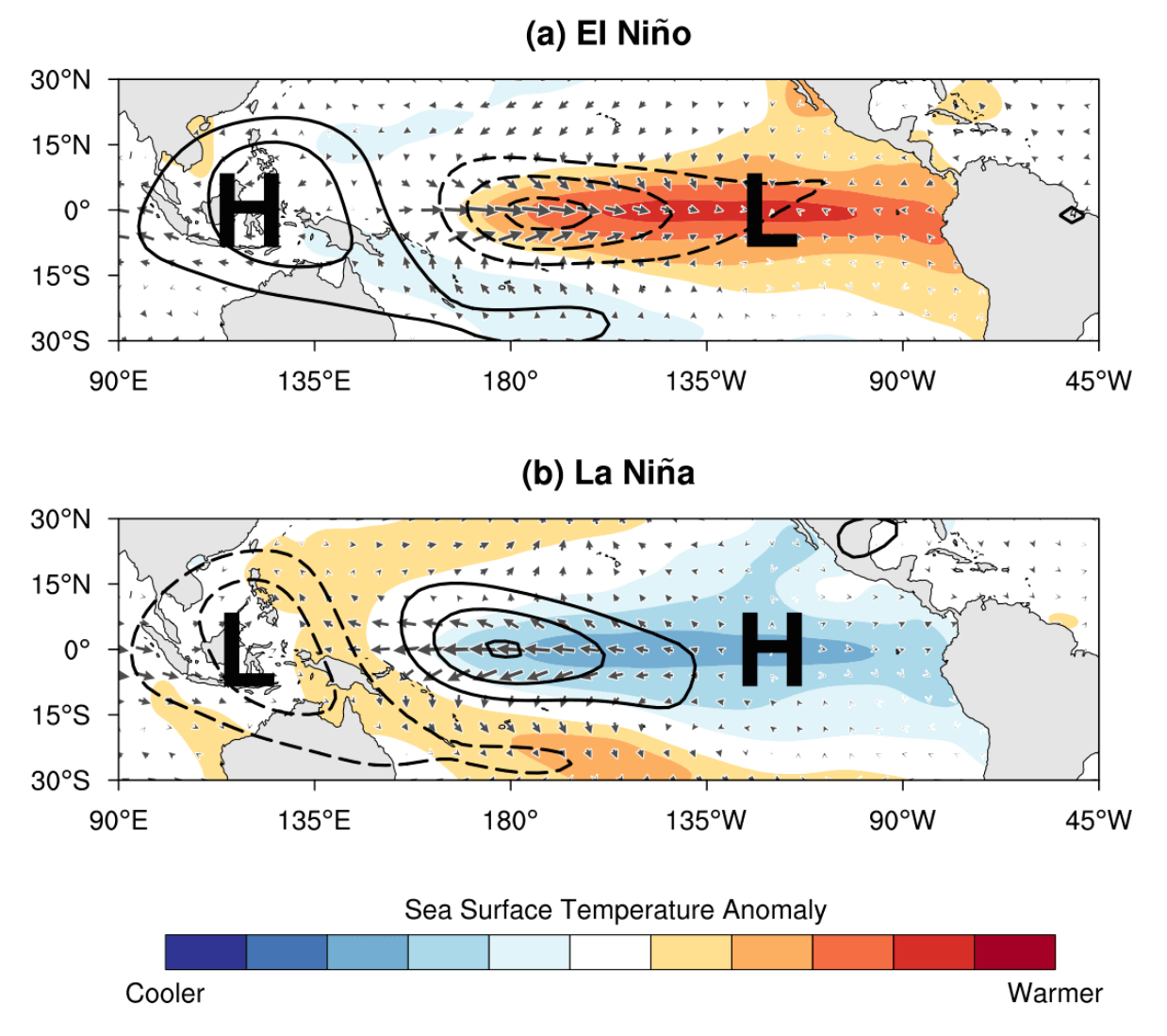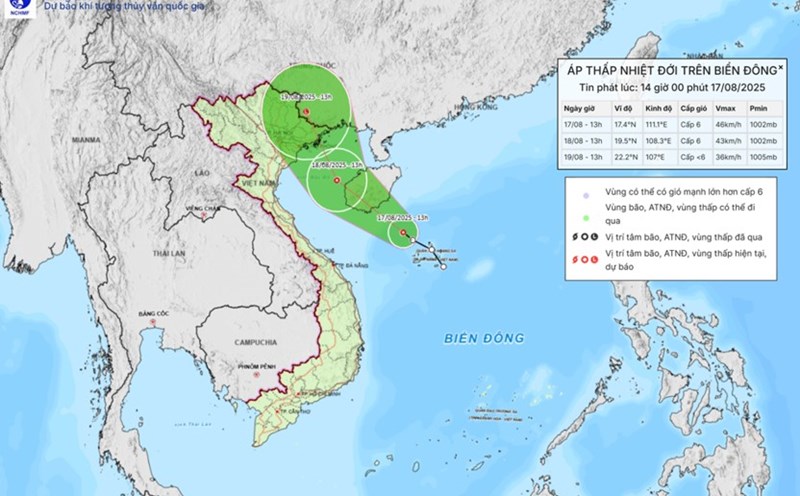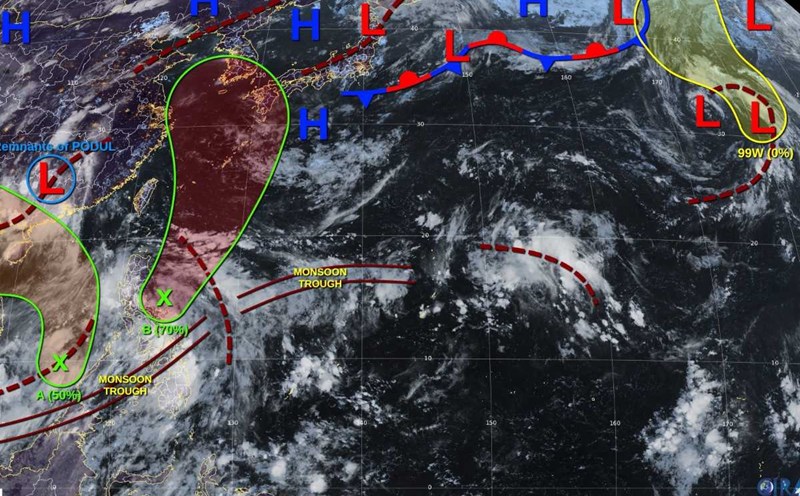Forecasters from the US National Oceanic and Atmospheric Administration (NOAA) have just issued a La Nina Watch warning - closely monitoring the signs of La Nina formation from now until the end of the storm season.
According to NOAA, the probability of La Nina occurring in the period of September-November 2025 was increased to 53%, compared to 47% in July. If it does, it is likely to be weak and short-term, before the world returns to a neutral ENSO state in 2026.
La Nina is the cold phase of the ENSO cycle, when the sea surface temperature in the Central and Eastern Pacific regions drops by at least 0.5 degrees Celsius compared to the average of many years.

In contrast to El Nino, La Nina often leads to a stronger Atlantic hurricane season, due to reduced wind shear, creating conditions for more depressions and tropical cyclones to form.
La Nina has caused more severe droughts in South America, especially in Brazil and Argentina, threatening the crop. Unusual heavy rains are expected in Southeast Asia and North Australia, posing a potential risk of flash floods and landslides.
Meanwhile, the weather will be more extreme in the US, with South America often warm and dry, while the North will be cold, with more snowstorms.
Last winter recorded a weak La Nina, but that paradox was the third warmest winter in US history, with average temperatures 1.1 degrees Celsius higher than long-term levels. This shows that global climate change is distorting traditional ENSO rules.
According to the Vietnam National Center for Hydro-Meteorological Forecasting, ENSO is still in a neutral state. However, from October 2025, cold air is forecast to operate earlier and stronger than the average of many years, increasing the risk of storms, tropical depressions and heavy rain at the end of the year.
It is forecasted that around October - November, the Central region may experience heavy rains due to storms, tropical depressions combined with cold air.
The widespread heat will end in the North from September, and gradually decrease in the Central region.
In the last 3 months of the year, the temperature across the country is generally close to the average of many years, in November in the Northern and Central Plains alone, the temperature may be 0.5-1 degrees Celsius lower.











